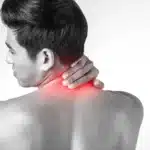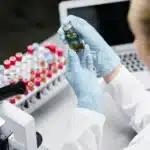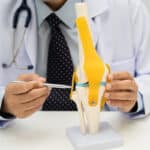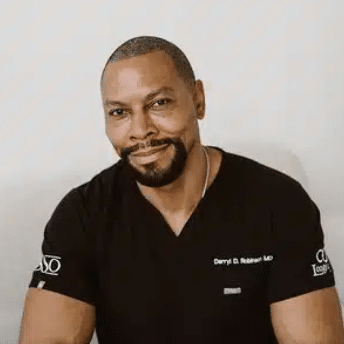
With a supposedly broken arm, you may have to run into an urgent care clinic. They may take you down the hall for some rapid X-rays and then ask you to wait for a doctor. The general X-ray tests are done by the doctor.
The X-ray reports say that you have a fracture. A fracture is the same thing as a crack, contrary to common opinion physicians use the two terms interchangeably. All terms apply to a bone structure disturbance, so it is unclear whether the doctor calls it a “hairline fracture” or a “hairline split.” Besides those, they may use other terms to determine the extent of the injury further. You may need to visit a clinic for sports medicine in OKC.
Words You May Hear Before Break or Fracture
There are words that your doctor may plug in to identify the location of the break in the bone before “break.”
-
Diaphyseal: bone core, also called shaft.
-
Metaphysis: Indicates fractures at one end of the bone (not in the joint).
-
Peri-articular: fracture at the end of the bone on the joint layer.
-
Intraarticular: a cartilage fracture through the joint.
-
Proximal: closer to the center of the body the tip of the bone.
-
Distal: Another hand; farther from the body’s middle-lower bone side.
Now that you know whether you have a diaphyseal fracture or a metaphyseal fracture, your doctor might also indicate how the break occurred, i.e., the alignment. These words might go at the very beginning and give you the whole picture.
-
Non-displaced: the bone is still in perfect alignment even after the fracture; the other side of the break was not displaced.
-
Minimally displaced: low, typically not major displacement.
-
Displaced: the mark of the bone is far away. Your doctor can refer to the percentage amount of displacement.
-
Depression: refers to an intra-articular joint fracture that is out of bone alignment.
-
Angulated: At some angles, the bones are not aligned.
-
Shortness: The surrounding muscles draw together the ends of the bone, which shortens the bone.
Breaks and fractures are still different from tears or sprains, so they should not be confused. You typically “sprain” the ankle more than 80% which is the result of an inward rolling (inversion) of the ankle leading to twisting or pulling ligaments. In any case, you should go to your local emergency care center for help.
Contact Oklahoma Spine & Pain Management to consult experts in sports medicine in OKC. Call now!
**Disclaimer: This content should not be considered medical advice and does not imply a doctor-patient relationship.






